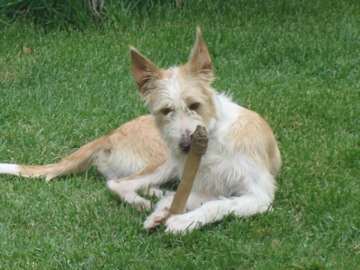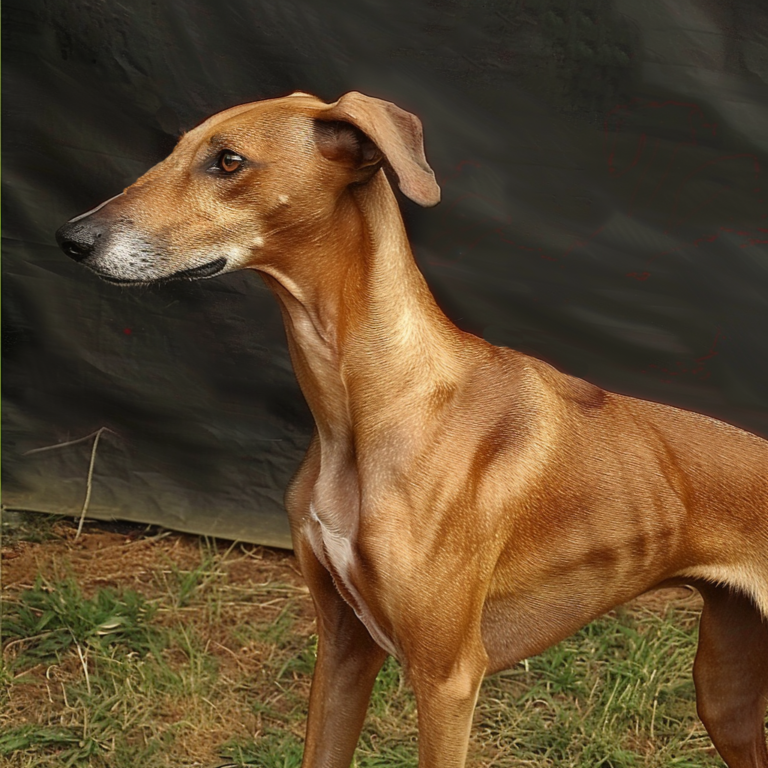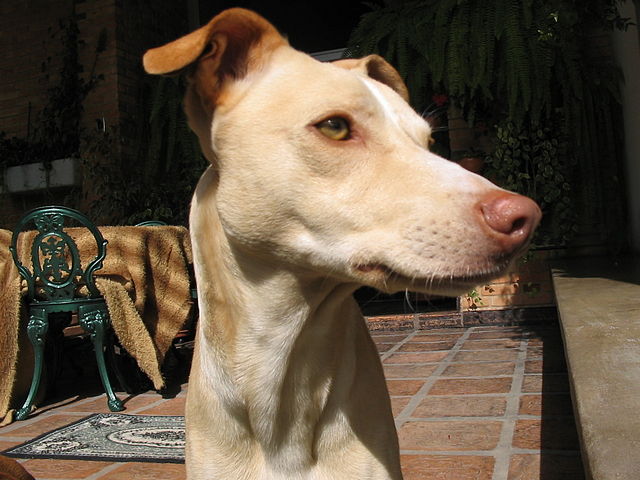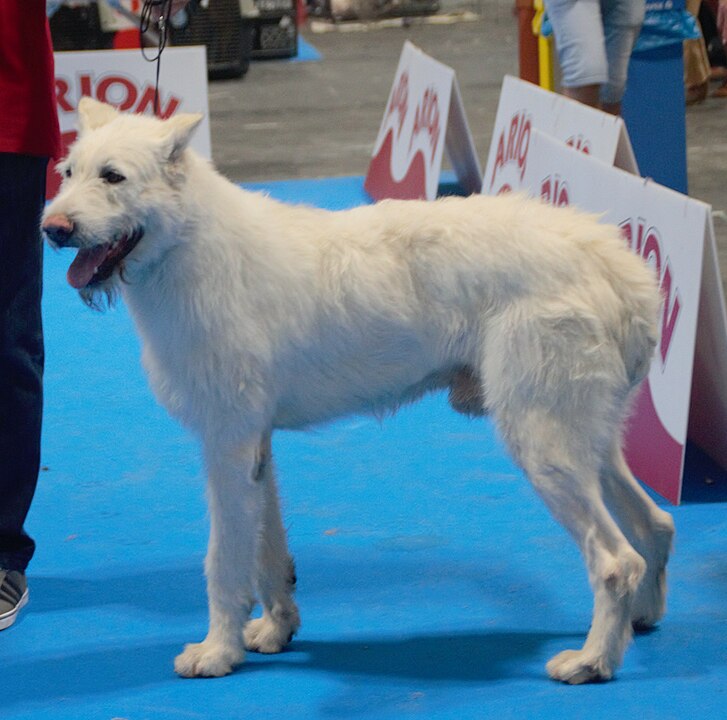The Portuguese Podengo, national dog of Portugal, comes in two sizes – the grande is the large size and was used for hunting deer and boar while the medio is medium-sized and was used for hunting rabbits. The third size, pequeno, is considered a separate breed here in the United States while other countries consider it a size variation of the same breed. For this article, we will be talking only about the grande and medio sizes.
There is a large range of life expectancy for the Podengo, anywhere from 10-15 years. Whatever their lifespan, however, they tend to be lively and active up until old age, with medios in particular being more active. This is a durable, healthy and agile breed that is quite athletic and unquestionably speedy when running. Both sizes need a fair bit of exercise in order to be happy, including receiving space to really stretch out and run! Thirty minutes of walking a day in addition to free running in a fenced yard is recommended.
Prospective owners of Podengos should definitely plan on having a fenced yard with a tall fence. These dogs can jump extremely high and clear sub-par fences with ease! While the breed can be kept in an apartment, they should still only ever be let off-leash in a fenced area due to their high prey drive. Outdoor cats, squirrels and rabbits are all fair game in this breed’s opinion. One other fact worth mentioning – these Portuguese sighthounds do like to dig craters to lay in and are prone to creating “dirt beds” all over the yard!
The Pod is watchful, alert and often suspicious of strangers. A breed that takes a while to warm up to people, once he has accepted a person he will open up and show them loving affection but it takes the right person to win him over. With his family, although he is independent and fairly self-sufficient, he can be also be affectionate and playful even with children. He is particularly playful with other dogs (especially his own breed or other breeds with similar play styles) and can entertain himself for hours if need be. Because he was used to hunt in packs he naturally prefers company although many prefer canine companionship over human. 
Like other sighthounds, the Pod has a very high prey drive and will chase cats, small dogs, and any other small moving object or animal. Because most of the Portuguese Podengos in the world are still used in hunting packs (mostly in Portugal), this drive might even be stronger than in other sighthounds. They should not be aggressive towards people although they do make excellent watch (alert) dogs, barking only when necessary to let their owners know that someone is on the property.
Despite being quite clever, the independent Portuguese Podengo is not always easy to train. This has to do with the fact that it’s a primitive breed that wasn’t bred to follow orders or work with people other than coursing game (a task he would do around people but not under command of people). Because he’s smart and attentive, he will pick up on all sorts of things… but direct obedience will take a bit of work. Make sure to use lots of treats and praise but do not relax the rules – this breed is capable of learning but requires a patient owner. Once trained, the Pod is capable of working and competing in dog sports such as agility, barn hunt, conformation, coursing, nosework, rally and tracking. Pods who don’t receive any training are more likely to develop bad behaviors such as destructiveness or excessive barking.
There are two coat variations for the Podengo – smooth (that contains a double coat) and wirehaired (single coat with a wiry texture). Wires will shed out their coats in different parts of their bodies at different times and will require regular brushing, although unlike many other wirehaired dogs they do not need to be stripped. Smooths also require brushing although much less frequently. Nail trimming, teeth cleaning and ear cleaning should also be part of the grooming routine as well as occasional baths when needed.



